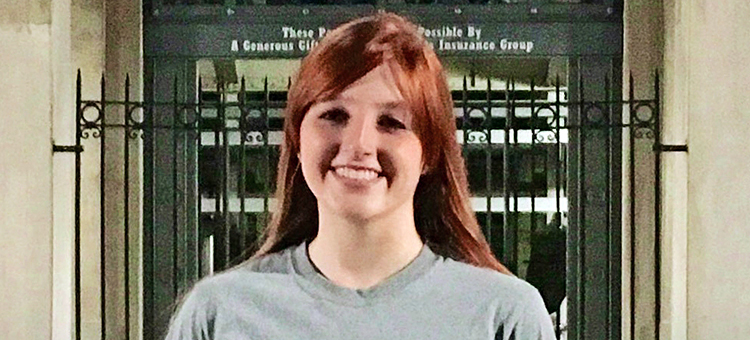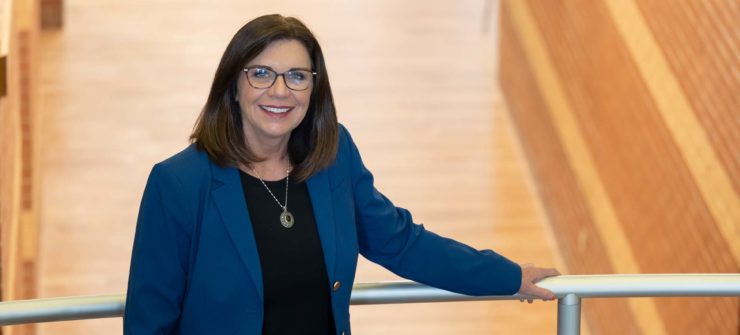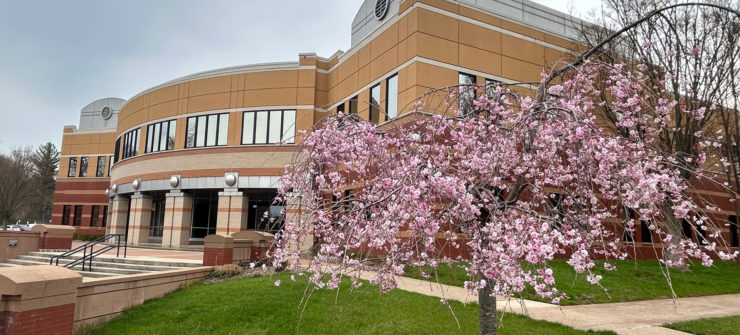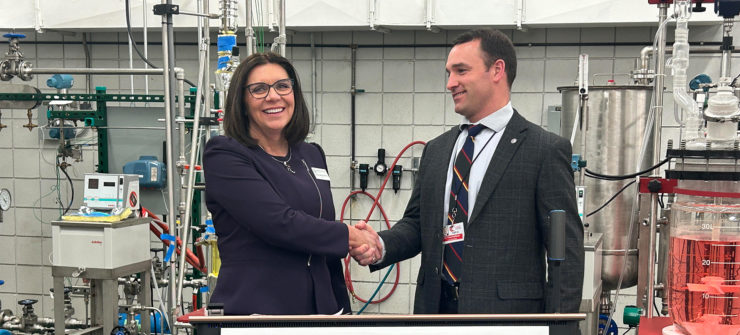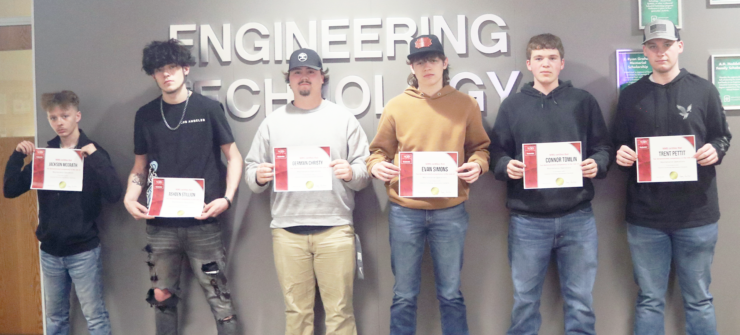MARIETTA, OHIO (December 15, 2016)– In its inaugural year, College Credit Plus (CCP), Ohio’s initiative to give 7th-12th grade students the opportunity to earn college credits, saved local students enrolled at Washington State College of Ohio (WSCO) more than $950,000 in college tuition. Across the state the program is credited with saving families more than $110 million.
Established to promote rigorous academic pursuits and to provide a wide variety of options to college-ready students, CCP allows high school students to take a college course from a public college or university at no cost to them.
While CCP was unveiled for the 2015-2016 academic year, the idea of allowing high school students to earn college credit is not new. The first dual credit program was introduced in 1989 as the Post Secondary Enrollment Option (PSEO) for high school juniors and seniors. The program eventually grew to include freshmen and sophomores to reach more than 12,000 students. Ultimately, the evolution of the thriving program resulted in expansion, improvements and the new moniker, CCP. Since its launch last year, the CCP program has given 52,000 Ohio high school students the opportunity to earn college credits through classes delivered at their high school, on the college campus, as well as online.
Early college options have had long-standing success, both financially and academically. According to the Ohio Department of Higher Education, 15% of Ohio’s high school juniors and seniors are participating in CCP with more than 70% of CCP participants earning a 3.0 GPA or higher. At WSCO, nearly 700 local high school students participated in CCP in fall 2016 with approximately one-third of those students taking classes at the college or online. As students earn credit, it is also possible for those credits to apply towards an associate degree. In 2015, 39 high school students earned an associate degree from WSCO at the same time they received their high school diploma. This was the fourth highest number of dual credit graduates among the 23 community colleges in Ohio.
Finishing up her final year at The Ohio State University, Margaret (Maggie) Huck was among the high school students who took advantage of dual credit options formerly known as PSEO. She credits the program with providing her with valuable benefits that extended beyond the purse-strings. Huck graduated from WSCO and Fort Frye High School in 2014 and started her first year at OSU with two associate degrees– Liberal Arts and General Science Transfer. Her notable academic performance at both her high school and WSCO translated into her acceptance into OSU’s honors program. She also credits PSEO with financial savings that she estimates to be $10,000-$20,000. “My WSCO degrees saved me so much money,” she proclaimed.
At a time when the average college graduate has $30,000 in student debt, the CCP program allows students to reduce the number of credits they need to earn their bachelor’s degree. Huck, who anticipates graduating from OSU next spring with a Bachelor’s of Science in Psychology and a double minor in Philosophy and History, admits the college credits she earned in high school could have ultimately allowed her to complete her degree in just 2 ½ years, however she opted to add a second minor to help her achieve her dream of going to law school.
“I could have graduated in two and a half years if I hadn’t added another minor,” Huck explained. Beyond the financial perks, she said the program helped prepare her for the realities of college. “WSCO prepared me to handle stress well at the collegiate level. Many people underestimate or fail to take into account how stressful your first year of college can be, but since my first year at OSU was really my third year of college, I wasn’t nearly as overwhelmed as my peers.”
As she reflected on her experience, she was quick to acknowledge the program as an asset to students. “CCP prepares you well for your future educational aspirations, saves money and looks fantastic on a resume. I currently work for the Ohio Senate Democratic Caucus as a Page, and I believe my associate degrees played a big role in my being hired. I am gaining invaluable political experience, which combined with my Psychology major, will be advantageous in my career as an attorney.”
Enrolling in college classes during high school wasn’t part of Huck’s original plan; however she admits she was influenced by her two older sisters who wished they had taken advantage of the opportunity. “They said they had developed little to no study skills prior to college, which set them back at first. It made me realize that I needed to prepare much more if I wanted to ‘hit the ground running’ in college. So, I went to WSCO and developed good study skills that made my first year at OSU much smoother than it would have been otherwise.”
While some students are concerned with lack of connection with their peers and a disconnect with their school, participants in the program tend to also be those most closely engaged with their school. For example, Huck was highly engaged at her high school while enrolled at WSCO as President of Fort Frye’s National Honor Society and a member of the school’s golf team.
Dual credit programs in Ohio have a long history of success. When attorney Drew Piersall completed the PSEO program in 1997, he transferred directly into Case Western Reserve University where he earned two degrees, a Bachelor’s of Science in Management and a Bachelor’s of Art in History in the time it takes most students to earn one degree. The Marietta High School graduate points directly to his WSCO experience for the ability to achieve so much is such a short time. “Probably the most beneficial thing about my experience at WSCO was that it enabled me to complete two degrees in four years at CWRU,” he said. “This absolutely enabled me to complete the five years of courses in four years. I could not have done it without the WSCO background,” he attested.
“I think it is a wonderful experience and I would highly recommend it. It was a good fit for me,” Piersall reflected. He split his days between his high school campus in the morning and WSCO’s campus in the afternoon and still managed to stay very active in his high school, serving as a class officer his senior year and playing sports year-round. “The 50/50 split was perfect for me. I was challenged academically at WSCO in ways that I probably would not have been in high school.”
Students who are interested in CCP must notify their high school by April 1. The program is open to all Ohio college-ready students in grades 7-12. Students can earn up to 30 college credit hours per academic year, which includes the summer session, with a maximum of 120 college credit hours while enrolled in the program. It’s important to note, that while public colleges are free, courses taken at a private college may require a nominal financial investment. For additional information about the CCP program at WSCO, contact Debbie Gurtis at 740.568.1930.
